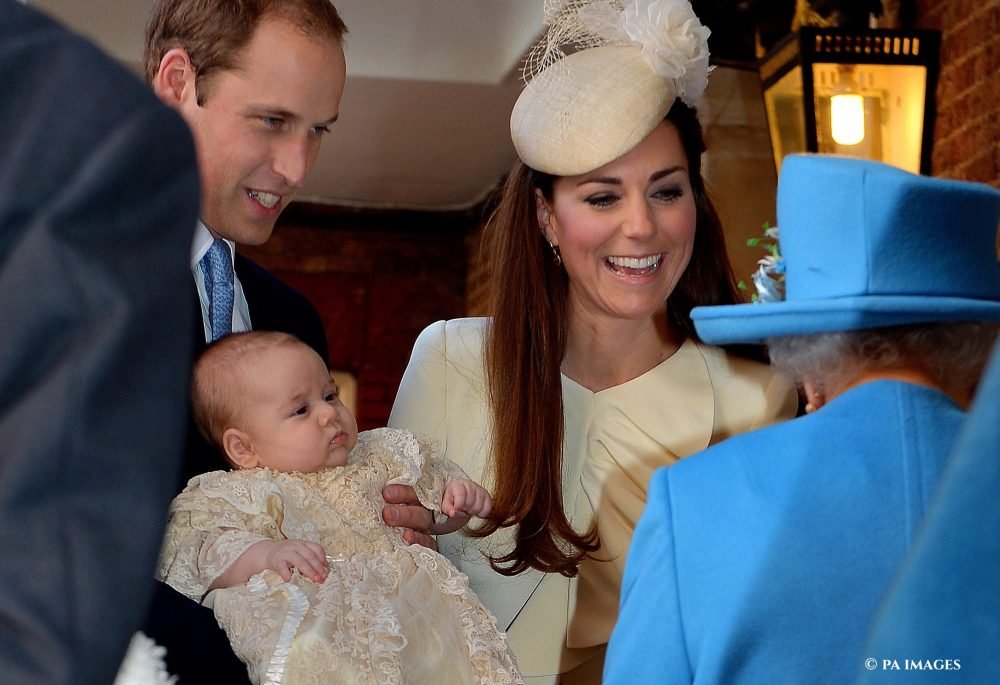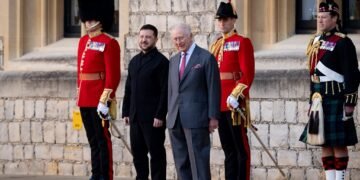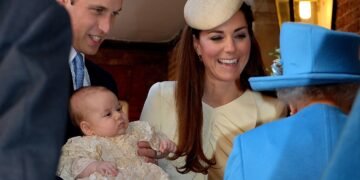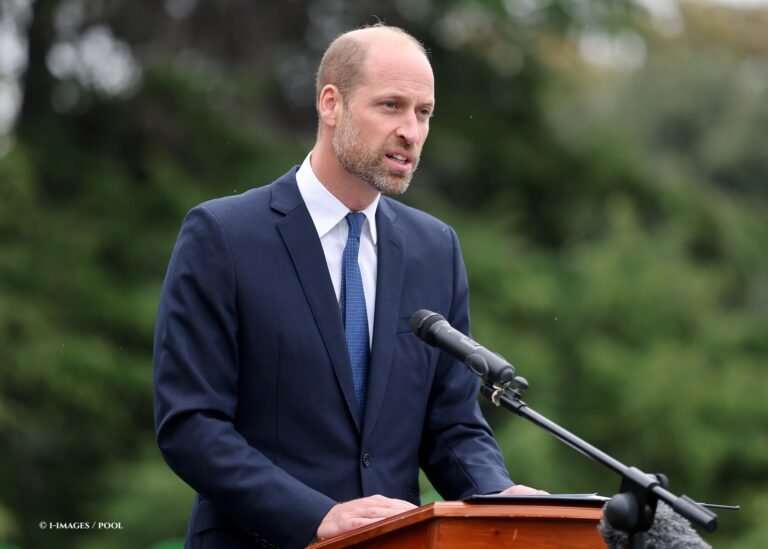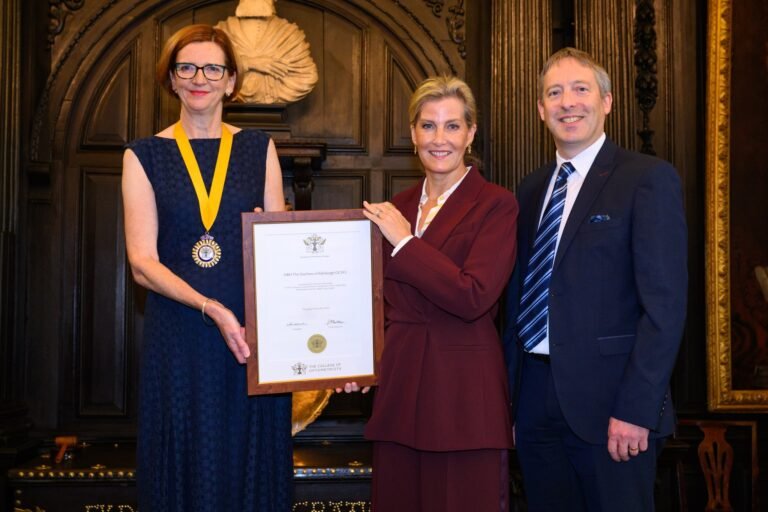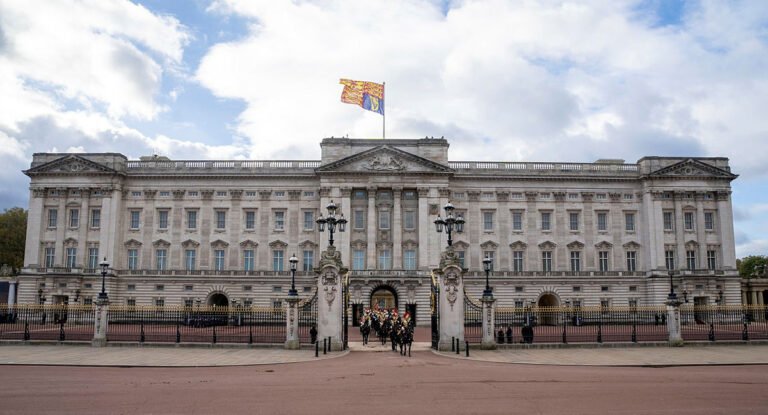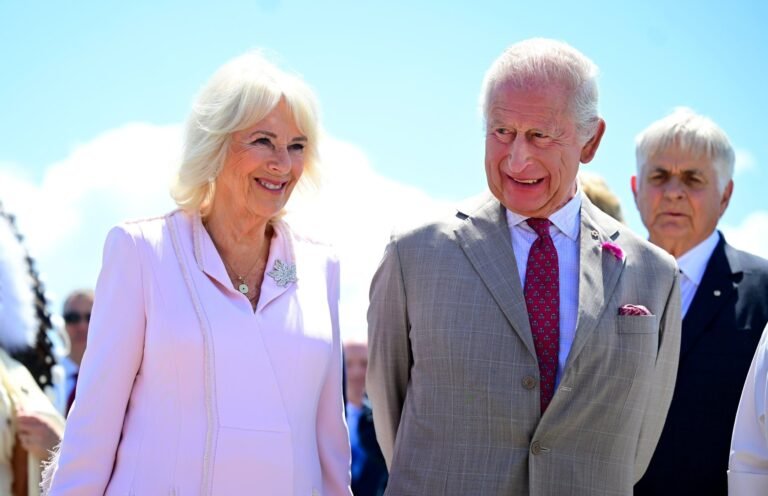A christening is today usually an occasion for families to gather, and formally welcome a new member of the clan into the world and the Anglican faith. The Royal Family is no different – just with added layers of tradition and public interest!
A staple fixture at royal christenings that has garnered attention over the years is the gown worn by the baby, which has a 150-year history.
What is the royal christening gown?
The royal christening gown is worn by members of the Royal Family at their baptisms. But there are actually two gowns, each with their own interesting stories to tell.
The gown you are most familiar with will be the modern replica, worn by every royal baby from the current Earl of Wessex (the son of Prince Edward and Sophie, formerly known as James, Viscount Severn).
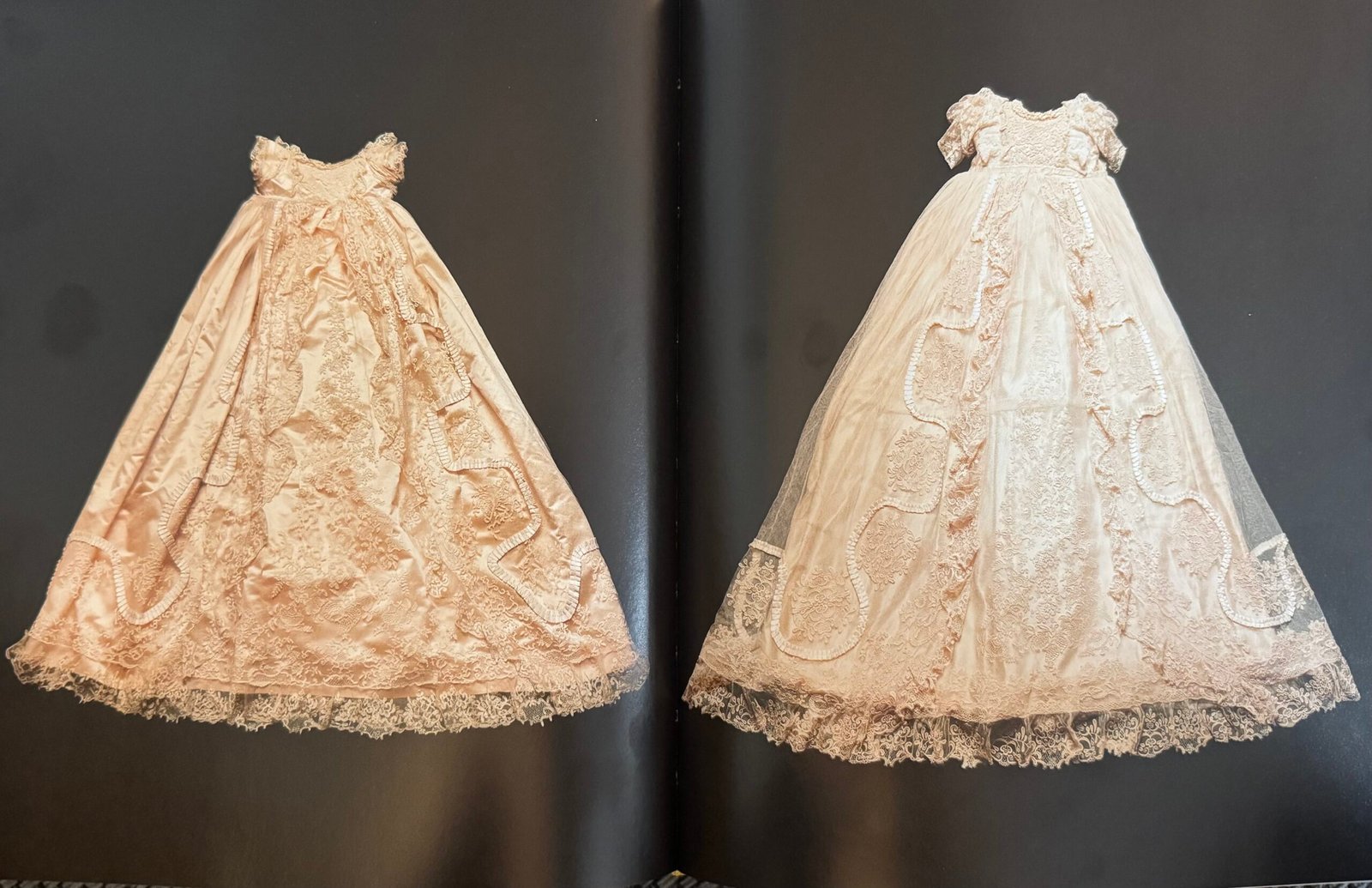
The original Victorian gown
The first royal christening robe was made in 1841 for Queen Victoria’s first child, Princess Victoria, who was baptised on her parent’s first wedding anniversary at Buckingham Palace.
Sometimes called the Honiton christening gown, the robe was made by by Janet Sutherland, Embroiderer to the Queen, and was inspired by Victoria’s own wedding dress.
It used white Spitalfields silk and Honiton lace (defined by its scrollwork and floral and leaf patterns, from Devon), and featured a frilled lace neckline, lace bows at the shoulders and a large sash at the waist, from which the long skirt flows.
The skirt is comprised of a front piece of lace that acts as an overlay, with a square patterned border flanked by motifs of floral embroidery.
The robe was also accompanied by a bonnet, cape, and multiple rosettes to complete the look.
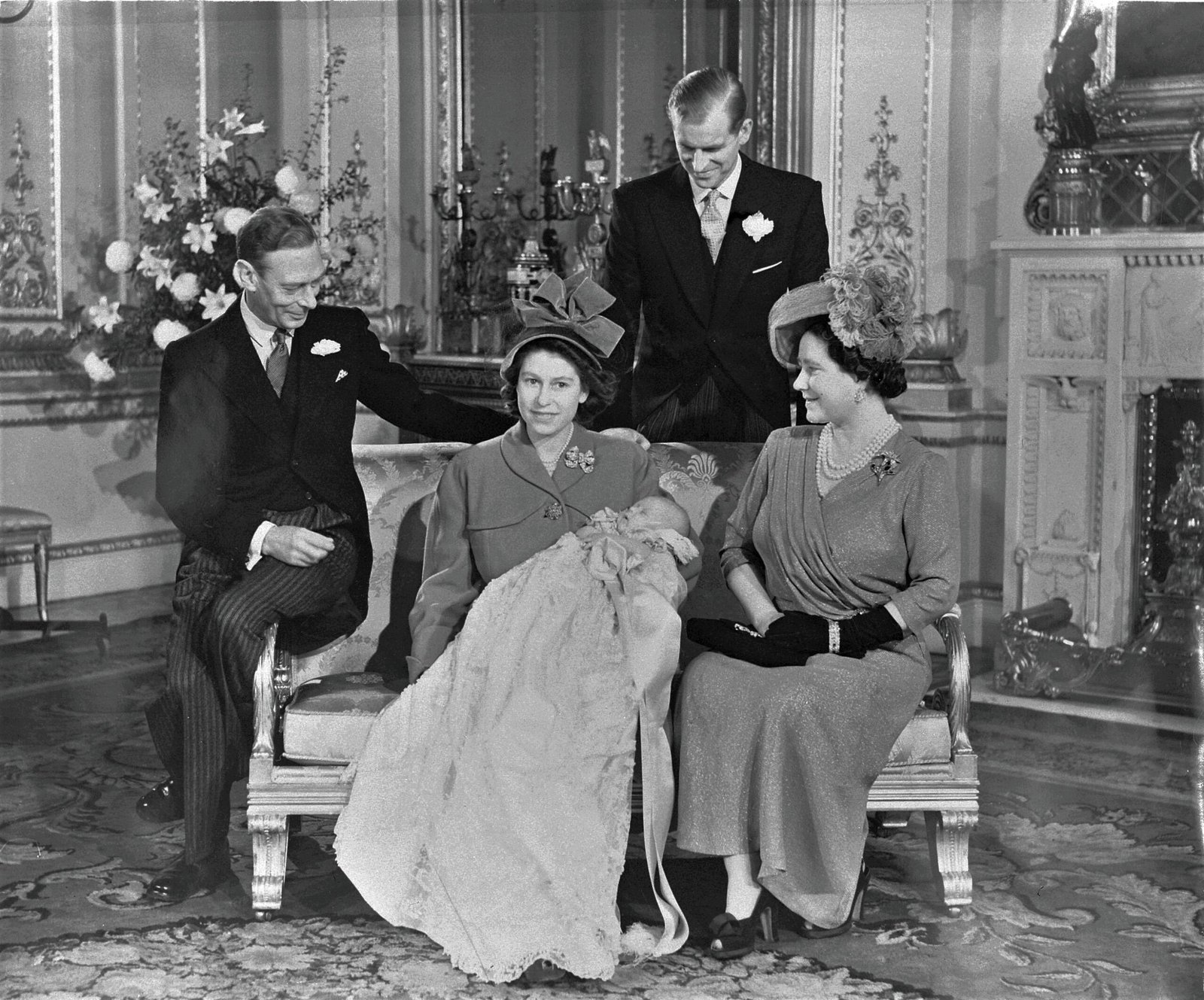
Estimates suggest it would have taken at least 12 months to create the gown, even as long as 18 months – since one square inch of lace could take 10 hours to make!
Historic note: Gowns like this may appear rather feminine, and stem from centuries gone by when boys and girls were raised in skirts and petticoats until they began to walk; before then, they wore very long dresses, a tradition which has remained with the christening robe.
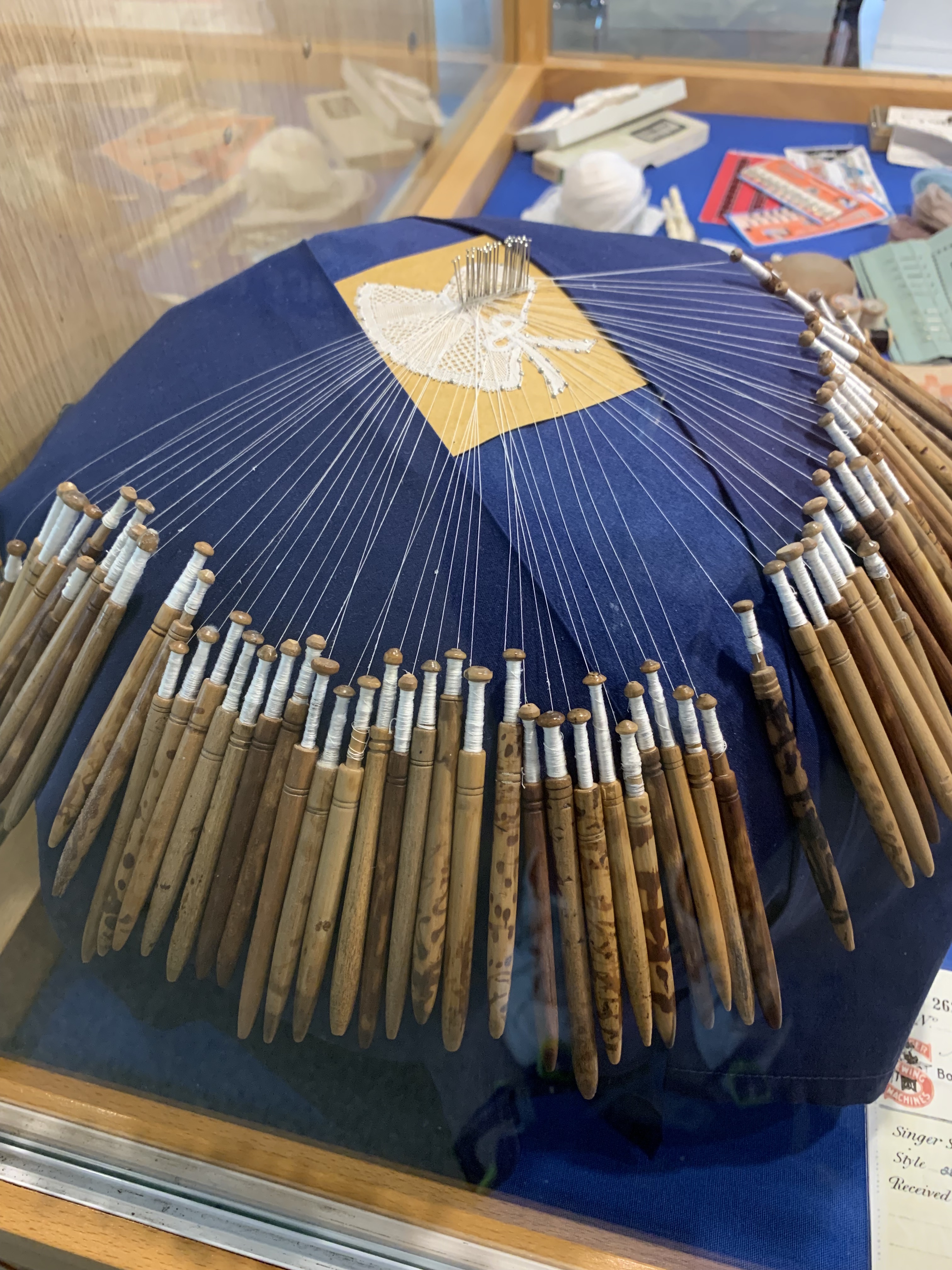 An example of Honiton lace in the making (Hu Nhu – Own work, CC BY-SA 4.0, Link)
An example of Honiton lace in the making (Hu Nhu – Own work, CC BY-SA 4.0, Link)
When little ones began to toddle, they were ‘shortcoated’ – literally put in shorter clothing to enable them to walk – and at around four years old, boys were ‘breeched’ (pronounced ‘britched’), and wore short trousers (ie breeches). This marked an important point in their journey to manhood, but by around the 19th century, this breeeching was more like aged two or three.
Despite careful storage and cleaning, Queen Victoria noted in her diary in 1875, upon the christening of her granddaughter, Princess Marie of Edinburgh, that ‘the old Christening robe […] will hardly hold together’. At this point, the gown was only 34 years old!
With time, the piece turned a rich cream colour.
Embed from Getty Images
The bonnet also in use for Lady Rose Windsor in 1980
Embed from Getty Images
Prince Andrew holds the cape at Beatrice’s christening
A total of 62 royal babies are known to have worn the robe over the course of its 163 years in service to the Royal Family. This includes Edward VII, George V, Edward VIII, George VI, Elizabeth II, The King, Princess Anne, Prince William, Prince Harry, and Zara Tindall, along with many of their cousins.
The last baby to wear this original Victorian version was Lady Louise Windsor, who was christened in 2004.
A new christening gown for a new generation
Angela Kelly, former dresser to the late Queen, revealed in her book ‘The Other Side of the Coin’, that she noted the fragility of the piece after Louise’s christening: ‘after so many years of use, the robe had snagged on bracelets and watches, and had acquired quite a few stains along the way’.

Elizabeth II heeded Kelly’s words that it might become irreparable and later asked her to create a replica for continued family use.
The new gown followed the same design, but the lace overlay appears to be more of a mesh layer (though this could just be because of the better photo quality in recent years!). It was also made slightly larger to accommodate the size of larger modern babies.
Kelly had deconstructed the gown to take measurements for posterity and also enabled her to understand how the piece was created – this helped her determine that three metres of lace were needed for the skirt alone…!
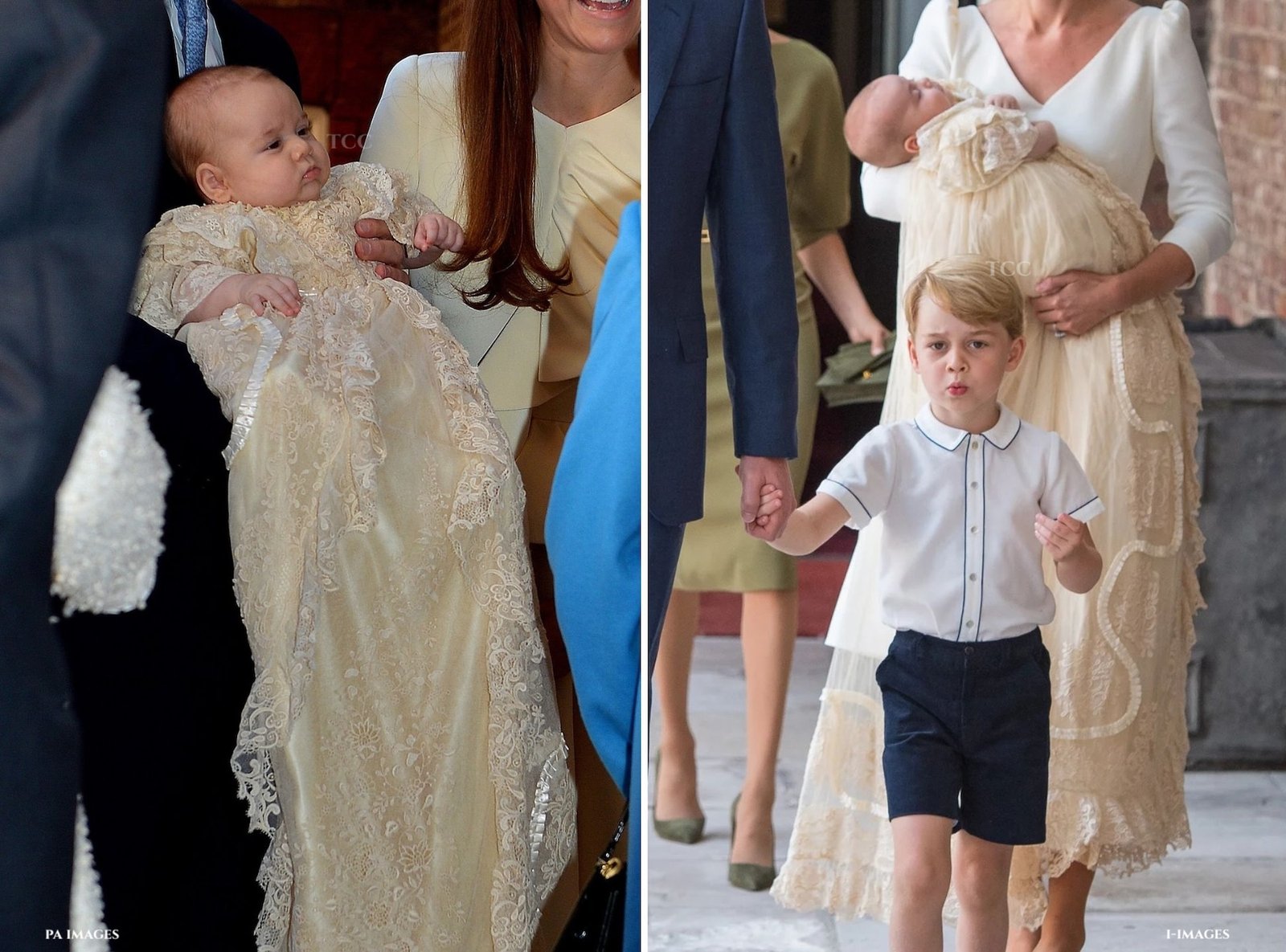
The dresser travelled to Italy to source quality lace, taking the small, historic dress with her (wrapped in tissue paper in her handbag) for the team to assess and measure.
With the lace secured, the heavy duchesse satin was bought, also from Italy.
Kelly revealed that she and her team used Yorkshire teabags to dye the fabric, leaving each piece of fabric in a cool bowl of tea for five minutes, to make the robe look authentic.
The new piece was completely hand-stitched and the full project took nine months to complete.
The royal christening gown should survive another hundred years, before another needs creating…!

